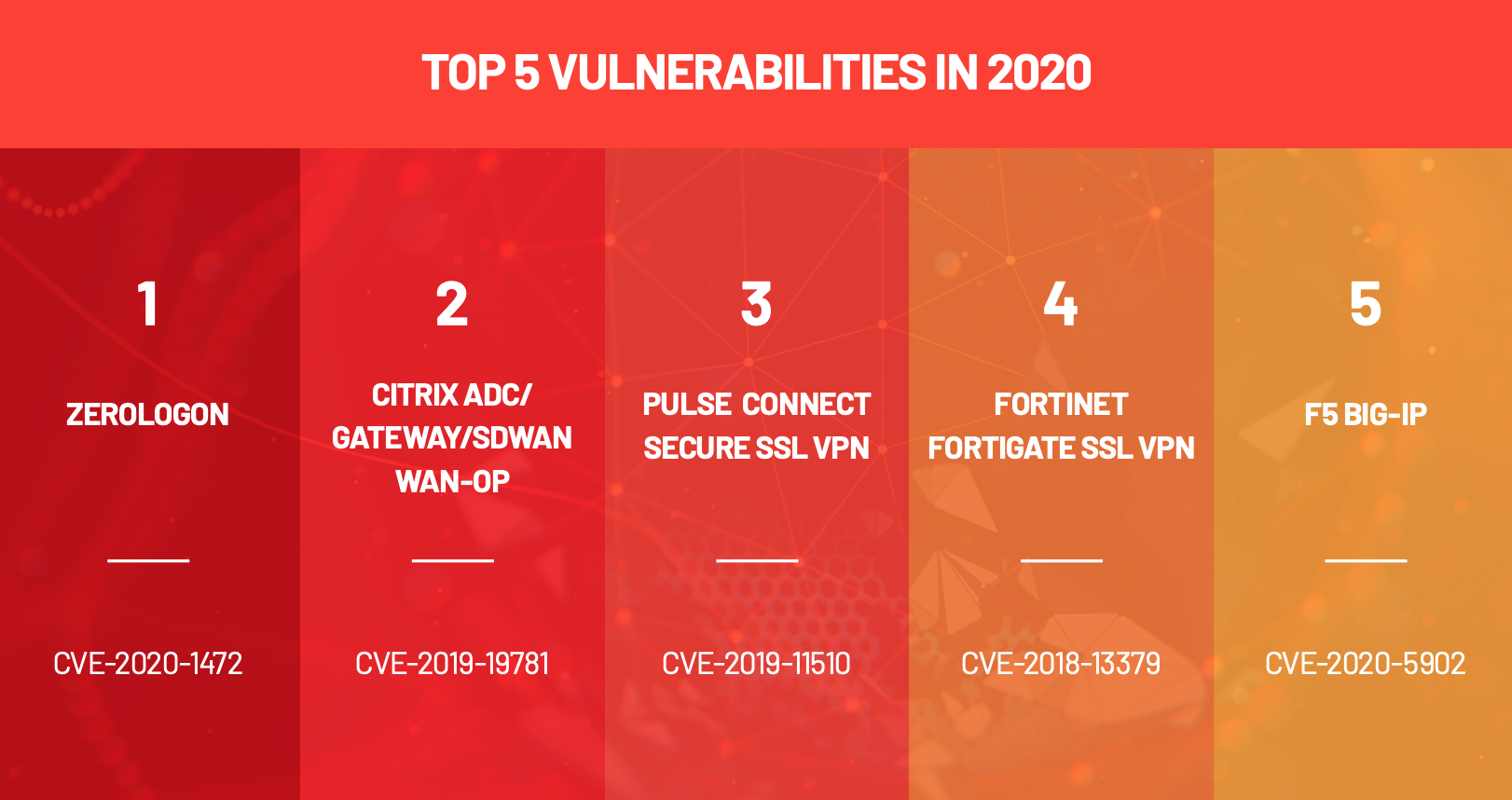

- Fortinet vpn vulnerability update#
- Fortinet vpn vulnerability archive#
- Fortinet vpn vulnerability download#
"To better find out which companies were impacted, I launched an nslookup on all the IPs on the list and for many of them, I found the associated domain." Govt domains and leading bank websites remain vulnerable to CVE-2018-13379īank Security told BleepingComputer after he saw the forum post, he started analyzing the list of IPs to identify what all organizations were impacted. This week, threat intelligence analyst Bank_Security found a hacker forum thread where a threat actor shared a large 49,577 device list of such exploitable targets. These stolen credentials could then be used to compromise a network and deploy ransomware.Īlthough the 2018 bug was publicly disclosed over a year ago, researchers have spotted around 50,000 targets that can still be targeted by attackers. The exploit posted by the hacker lets attackers access the sslvpn_websession files from Fortinet VPNs to steal login credentials.


The vulnerability being referred to here is CVE-2018-13379, a path traversal flaw impacting a large number of unpatched Fortinet FortiOS SSL VPN devices.īy exploiting this vulnerability, unauthenticated remote attackers can access system files via specially crafted HTTP requests. Present on the list of vulnerable targets are domains belonging to high street banks and government organizations from around the world. This therefore naturally places the burden of responsibility on users.A hacker has posted a list of one-line exploits to steal VPN credentials from almost 50,000 Fortinet VPN devices. Regardless though, the vulnerability has been exploited again and again thanks to users not upgrading their systems. To conclude, Fortinet issued patches for the FortiOS operating system in May 2019. This way, attackers can access the sslvpn_websession files easily to obtain login credentials of users who are logged in SSL VPNs.
Fortinet vpn vulnerability download#
To exploit the path traversal vulnerability, attackers need to remotely download the FortiOS system files, which won’t ask for authentication if the SSL (secure sockets layer) VPN service is activated. Some internet protocol addresses were assigned to domains registered in Australia. The list has been posted on social media and the internet and contains domains owned by high-street banks and government organizations from different parts of the world. It could be used in brute-forcing attacks for the future and would require many users to stop using any compromised passwords even on other sites immediately in order to protect themselves.
Fortinet vpn vulnerability archive#
The file posted in itself is a compressed archive worth 36 MB but in actuality is of around 7 GB when opened hinting at the fact that the data would be extremely useful for malicious actors.
Fortinet vpn vulnerability update#
Now, in the latest, just 15 hours ago, a researcher has reported an update on the incident showing us that the attacker has revealed those plain-text credentials which are now being shared on other forums as well which allows viewers to not only see the usernames & passwords but also the access levels of those users. The hackers also then claimed in a tweet that they possessed the clear text credentials associated with these IP addresses. The exploits could be used for stealing VPN credentials from the internet-reachable VPNs. This vulnerability mainly affected Fortinet’s unpatched FortiOS SSL VPN devices. On 19 November, a hacker using the alias “pumpedkicks” published a large list of one-line exploits of around 50,000 Fortinet FortiGate IPs containing a path traversal vulnerability classified as CVE-2018-13379. 6.7 GB worth of sensitive details citing Fortinet SSL VPNs vulnerability have been leaked on a prominent hacker forum.


 0 kommentar(er)
0 kommentar(er)
